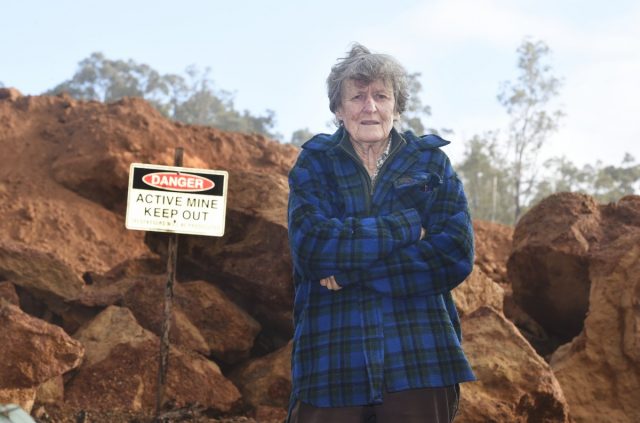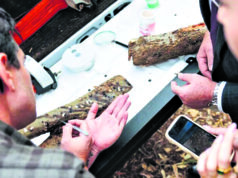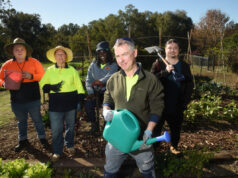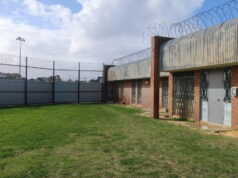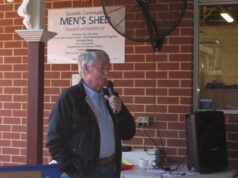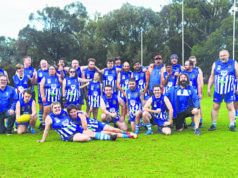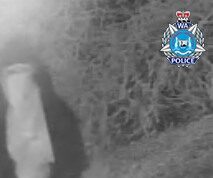A group of local movers and shakers are calling for action as Alcoa moves to expand their bauxite mining operations in the Jarrah Forest on the Darling Scarp.
The forest is the only Jarrah forest on Earth and is dominated by two eucalypt species Jarrah and Marri, and is home to 29 mammal, 150 bird and 45 reptile species.
Alcoa is proposing to mine an additional 8700 hectares around Dwellingup, Jarrahdale and Serpentine, which is an area more than 20 times the size of Kings Park.
In 1961 Alcoa was granted a lease and special agreement to clear Jarrah forests across the Darling Range for the purpose of bauxite mining.
Members of the Jarrahdale Forest Protectors created the campaign ‘Save Our Jarrah’ to raise awareness and fight against the proposition.
Jarrahdale Forest Protectors member Jan Star said the current damage created by mining is already having an impact on threatened species.
“If you go across the Serpentine wall, just further along there is a massive clearing that’s just been made,” she said.
“It’s quite substantial, and if you go further along it gets a lot worse.
“The current mining is threatening species like quokka’s, chuditch, phascogales and the three species of black cockatoos.
“There’s a lot of fauna depending on which part of the forest.”
A spokesperson from Alcoa said the company is undertaking a wide range of studies required as part of the environmental impact assessment process.
“The studies will identify important environmental, cultural and social values and how potential impacts are best mitigated or managed,” they said.
Alcoa has operated for 58 years in the south-west of WA.
“In this time, we have acquired considerable expertise in operating sustainably and successfully in this unique ecosystem and we are confident we can continue to do so,” they said.
According to Ms Star, the recovery plans that Alcoa had in place cannot replace the biodiversity of the original forest.
“It’s a very complex ecological system,” she said.
“Alcoa said they are only mining four per cent of the area from Gingin to Collie but they are including everything from protected areas to national parks in that figure.”
Ms Star said the current threat is that Alcoa wants to begin mining between the Serpentine Dam and Jarrahdale Road in 2025.
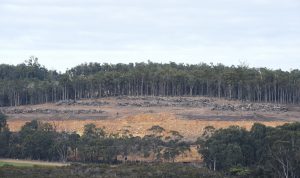
Alcoa’s spokesperson said the company put forward plans for environmental assessment including the increase of alumina production at the Pinjarra refinery, the transition of the Huntly mine into Myara North (east of Jarrahdale) and the increase of mining to supply bauxite for export.
“We estimate that less than a quarter of the study area for mining will be cleared,” they said.
“This estimated percentage of clearing includes mining for Kwinana.
“The shallow nature of bauxite mining means a constantly moving mining footprint followed by progressive rehabilitation.
“Our rehabilitation program is acknowledged globally as a leading practice with self-sustaining jarrah forest ecosystems now thriving where we once mined.”
The proposal will require additional clearing of 6700 hectares of native vegetation within a 42,415-hectare development envelope associated with mining and an additional 10 ha of native vegetation associated with the refinery.
Save Our Jarrah said they have created a self-drive tour through the Jarrah Forests around Jarrahdale so people can experience a journey starting with the wonder of a healthy forest before visiting some rehabilitated bauxite mining sites to see the areas impacted by logging as well as seeing some active bauxite mining operations.
For more information on how to help contact info@saveourjarrah.org.


